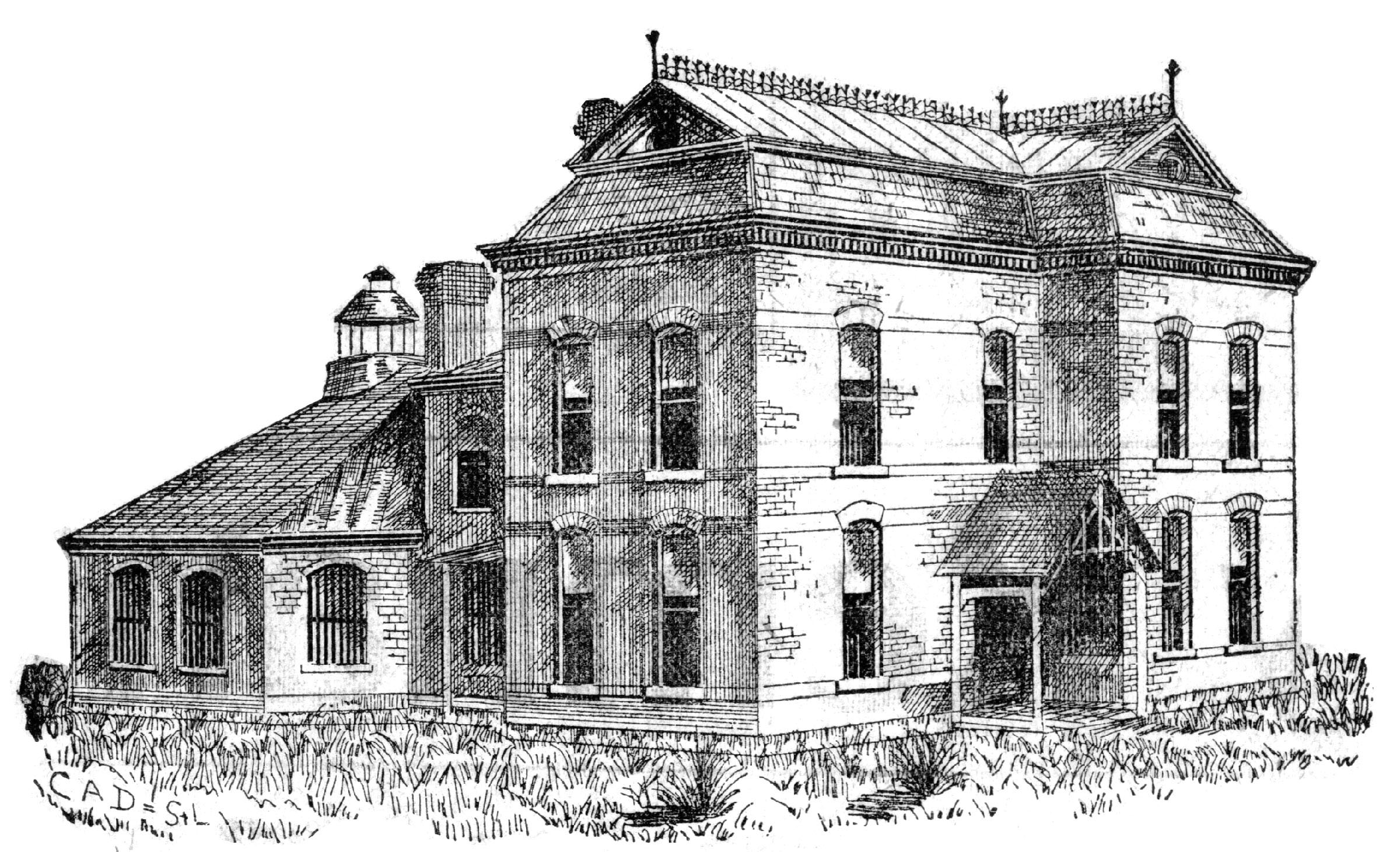Evidence of the Lewis and Clark Expedition, surprisingly, can be traced today to Gallatin, the county seat of Daviess County in Northwest Missouri. Two original hand-written survey books — written and signed by the nephew of the famous explorer and who was Surveyor General of the United States — belong to Daviess County. Copies of this survey are still in use and experts today still find them uncannily correct!
The Untied States purchased the Louisiana Territory from France in 1803 during the presidency of Thomas Jefferson. All of Missouri was originally part of the Louisiana Purchase, bought from France for 3 cents an acre.

The President wanted to send an expedition to explore the area even before it became part of the United States. Jefferson wanted to know what the land contained and how it might best be used to benefit the young country, then less than 30 years old. He wanted to know whether the land was suitable for farming, what resources and people were in it, and especially whether there was a water route across it to the Pacific Ocean.
Jefferson had a scientific mind and was especially interested in things like the geography, climate, animals, and plants of this largely undocumented region. he chose his secretary, Meriwether Lewis, to lead the expedition. Lewis chose William Clark to share the leadership duties.
The Lewis and Clark expedition to the Pacific both began and ended near St. Louis. The voyage was preceded by months of planning and preparation in Washington, D.C., Harper’s Ferry, Est Virginia, Pittsburgh, Louisville, and other places, but the real departure point was Wood River, IL, across the mouth of the Missouri River just above St. Louis on May 14, 1804. They took about 10 weeks to go through what is now the state of Missouri.
They saw few Indians as they went west in Missouri except for some Kickapoos they had engaged to hunt for the expedition, and Indians with Franco-American traders they met coming down the river. Visits from Indians were more common after they go north of St. Joseph. Evidence of the Lewis and Clark Expedition, surprisingly, can be traced today to Gallatin, the county seat of Daviess County in northwest Missouri. In 2003, amid many celebration observances of the Expedition held nationwide, officials from the Missouri State Secretary of the State Archive Office reviewed and authenticated two books belong to Daviess County. They are original hand-written survey books, written and signed by Meriwether Lewis Clark, who was a nephew of the famous explorers and the Surveyor General of the United States. President Jefferson sent him along behind his uncles to survey the land; Daviess County was part of his survey.
These books were professionally appraised and preserved and returned to Daviess County. Copies of this survey are still being used by surveyors today, and the records — now over 200 years old — are uncannily correct. Meriwether Lewis Clark literally surveyed the land with rods and lengths of chain, correct to within inches of what surveyors say today using all of their sophisticated equipment. His work was especially important when Daviess County organized in 1836. In fact, our system of land measurement used throughout the entire United States today also came from Thomas Jefferson.
Lewis and Clark were not only among the first Anglo-Americans to explore a large section of the United States but they kept journals and documented what they saw, and they brought back specimens. This makes their project much more than an adventure story. It provides a basis of factual scientific information. They identified 122 animals and 178 plants previously unknown to Anglo-Americans, and provided information on the Indian tribes they met. They weren’t the first to see the interesting and magnificent sights; the Indians had seen them for thousands of years. But Lewis and Clark (and some of their crew members) produced detailed journals of what they saw.
The Expedition arrived back at the northern border of Missouri on Sept. 9, 1806, and landed at St. Louis on Sept. 23, 1806. Their journals record several stops within Missouri. There have been no archeological excavations of sites used by Louis and Clark in Missouri. The combination of many of their camps being of short duration and being on low ground have left no known evidence of their camps. However, they played a major role in the settlement of Missouri and the West. Three counties in Missouri — Lewis, Clark and Shannon — are named for expedition members.

JEFFERSON’S INVOLVEMENT IN THE PUBLIC LAND SYSTEM
Thomas Jefferson was involved in the creation of the public land measurement system that was first developed in 1775. Land descriptions that we use today are possible because of the rectangular measurement system that Jefferson’s committee envisioned, promulgated, and then put into use. Although Jefferson is more widely known as the third President of the United States — for his stature, accomplishments, wisdom and foresight — he also headed the committee that invented our rectangular land measurement system.
This measurement system went through a 21-year trial and error period, mainly in Ohio. The system was found workable and adopted as the official U.S. land measurement system in 1805.
The system has two main divisions. Townships are divided into 6 miles square. Sections are made from the townships. Each section is one mile square. Sections are numbered from 1 through 36, starting in the northeast corner. The numbers follow in order across to the west and then follow back and forth east to west, west to east, until number 36 is found in the most southeastern corner.
This measurement system provides for legal descriptions of land, allow anyone to locate a specific land on a map. Legal descriptions are important, since addresses or other types of identification can change over time. The county recorder’s office can provide you with the history of the land.

